Last week saw the launch of a two year Royal Society of Edinburgh project ‘Curating the Digital Attic Archive: A Case Study For Open-Source Approaches To Artists’ Archives’. Led by Dr Judit Bodor (DJCAD) and Dr Roddy Hunter (The Glasgow School of Art) the project has established an international research network to develop an open-source web platform enhancing access to the dispersed and internationally significant Attic Archive, established by artist Pete Horobin in Dundee in 1975.
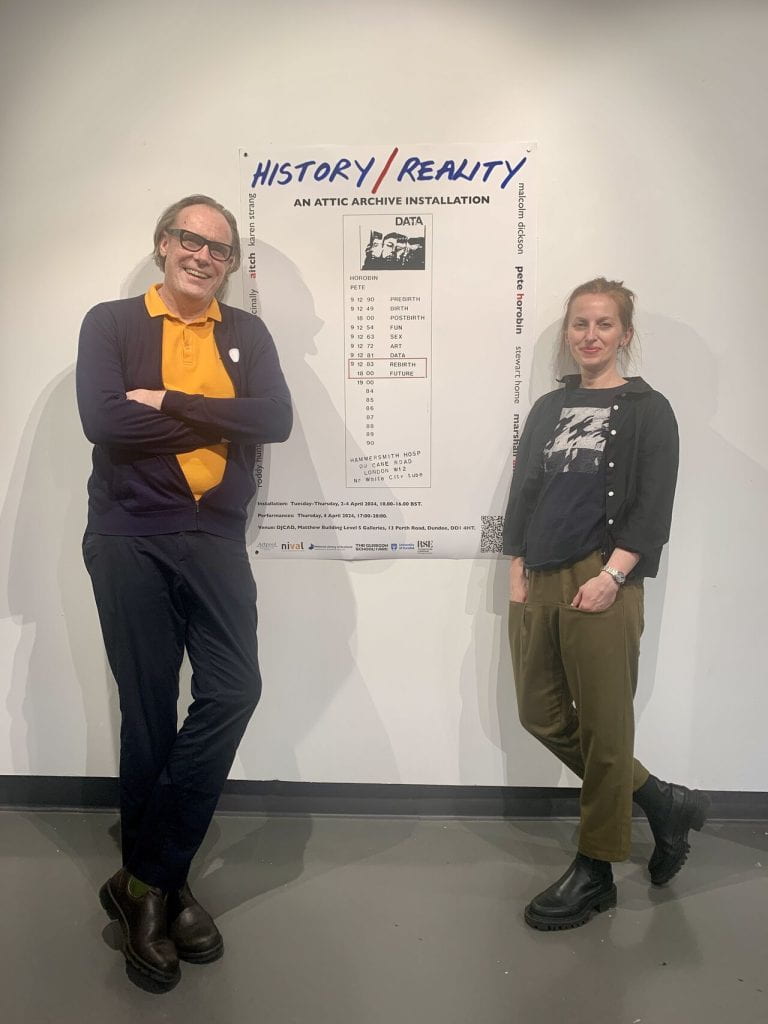
A graduate of DJCAD, Horobin was involved in several Dundee art projects in the 1970s including the Accessibility of the Art Object and Junk Into Art / Art Into Junk.

On turning 30 he began his 10 year long artwork, DATA – Daily Action Time Archive – 01.01.1980 to 31.12.1989, a self historification project. Horobin also became involved in the mailart movement and an international grouping of artists styled as the neoists. From 1971 Horobin had been based in the attic at 37 Union Street, Dundee, and as his documentation process gathered momentum and continued growing exponentially, he began to refer to his space as The DATA Attic – a repository for his DATA and earlier documented projects, as well as all his correspondence and collaborations with other artists.
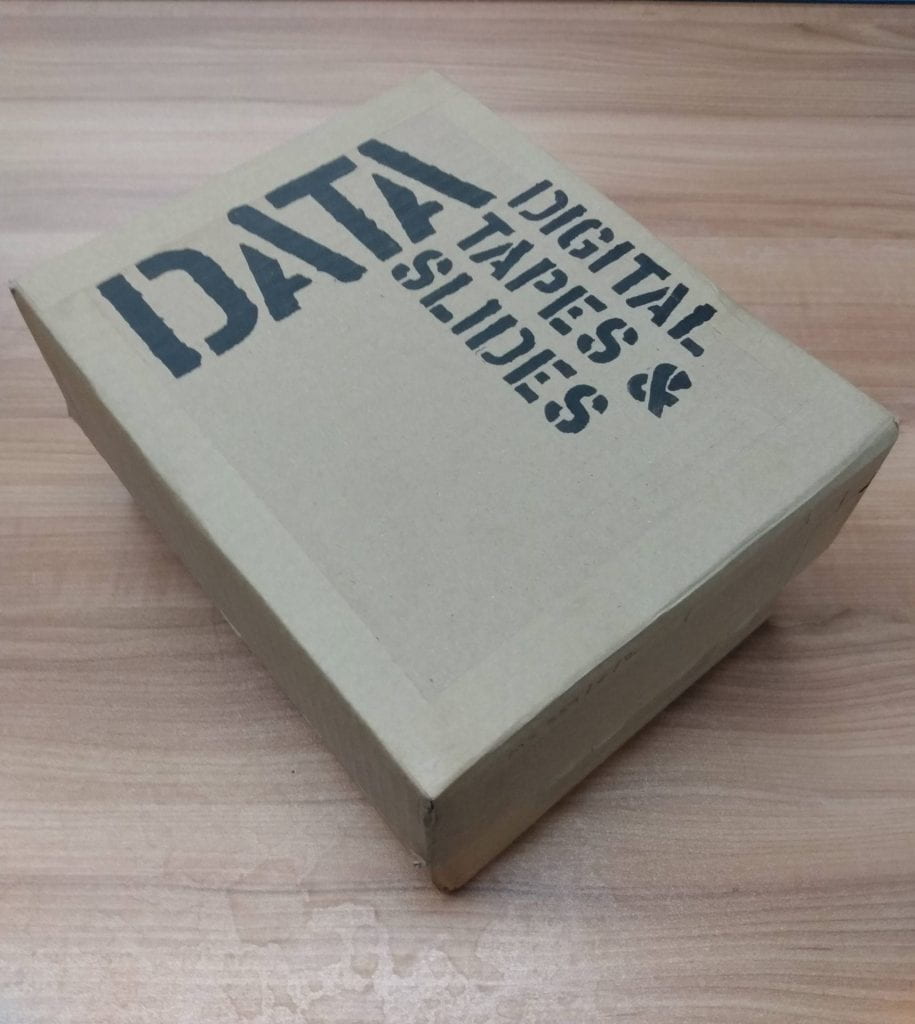
When DATA came to an end the life of Pete Horobin was terminated and Marshall Anderson was born on 1st January 1990. A self-styled Scottish romantic, his objective was to live in the Scottish landscape and use those open spaces as his studio. His approach to landscape was traditionally analogue and non-photographic.
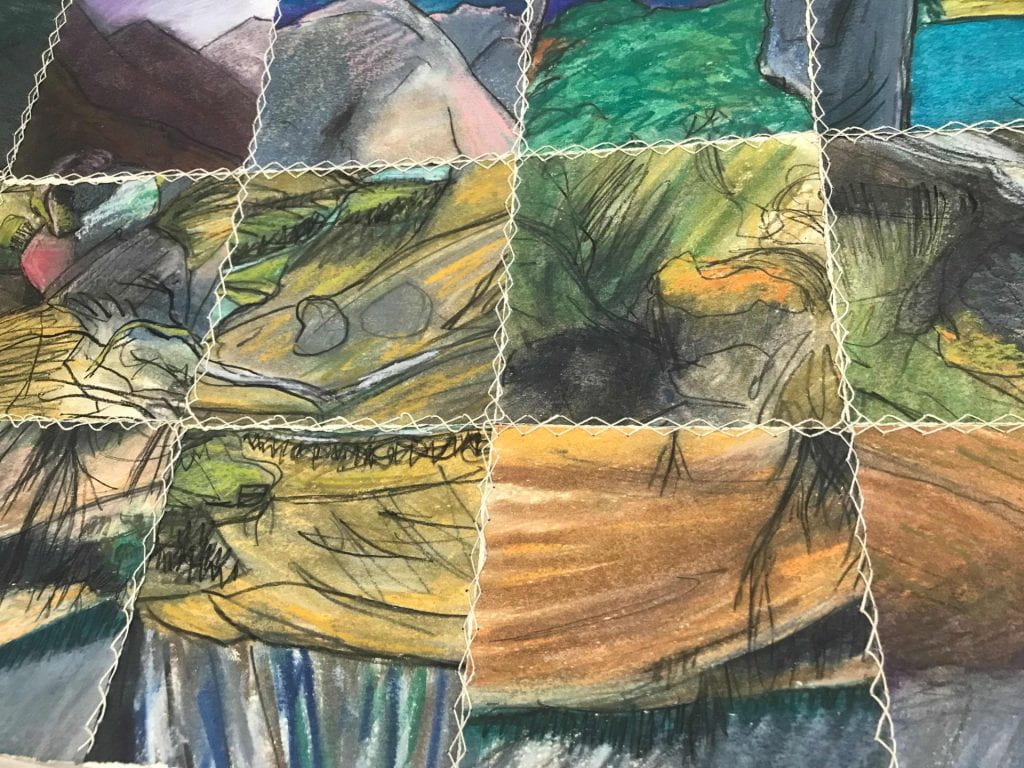
Although itinerant and based in Kirkcaldy, he used the attic at 37 Union Street, Dundee, as a repository for his plein air drawings, bookworks, daily journals, and correspondence.
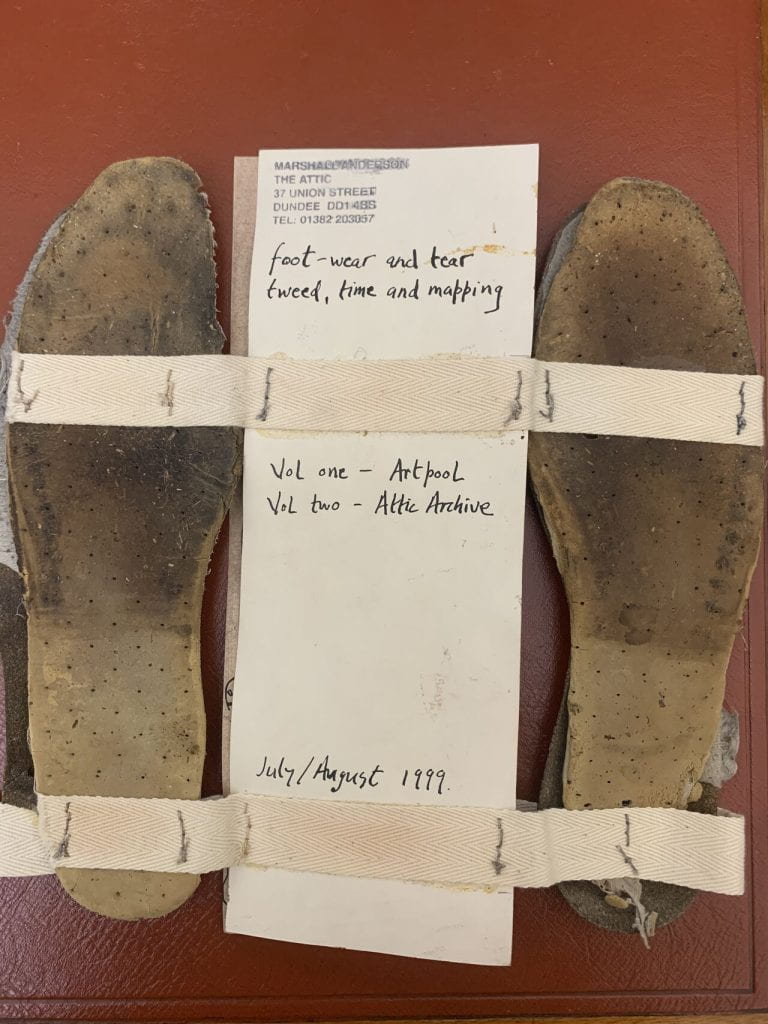
The new decade saw the death of Anderson and the birth of a 50 year old Peter Haining who spent the first half of the 2000s travelling around Ireland focused on an audit of autodidactic artistic expression. Haining then returned to the Attic to catalogue and sort his Archive before finally selling 37 Union Street and dispersing the archive to different institutions in the UK and abroad.He continued his artwork in the 2010s as aitch, creator of the digital archive ae phor and in the 2020s as haha.
The first event focused on the parts of the Attic Archive held in Scotland by the University of Dundee Archives and Museums and the National Library of Scotland with an exhibition and performance event ‘History/Reality’ featuring artists Stewart Home, Karen Strang, and Malcolm Dickson who knew Horobin as well as performances by Laurie McInally and Roddy Hunter in response to Horobin’s work.
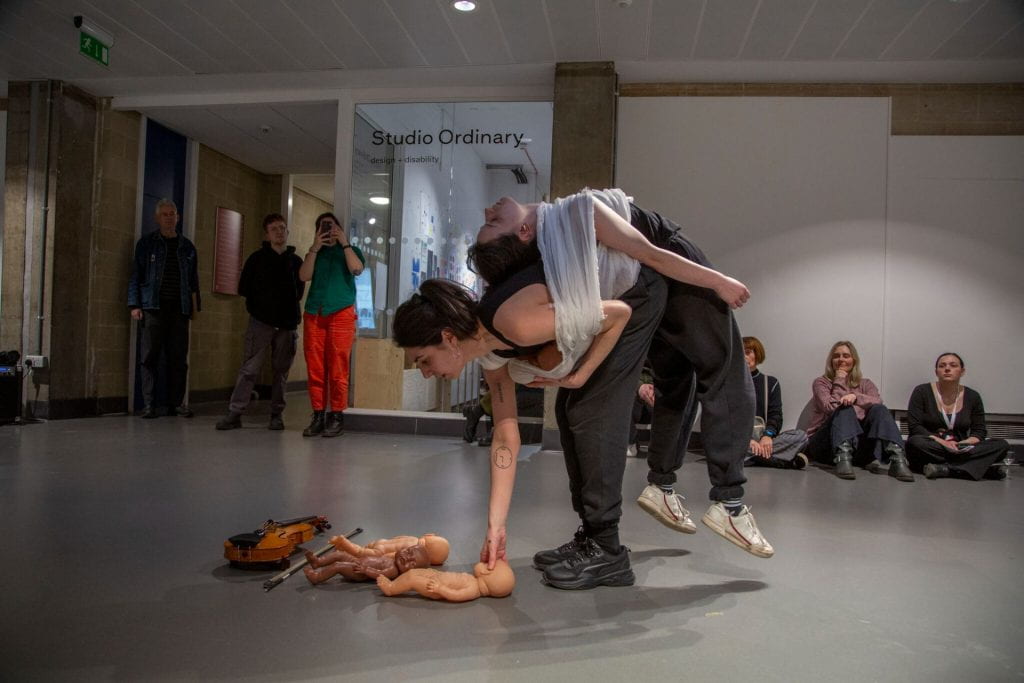
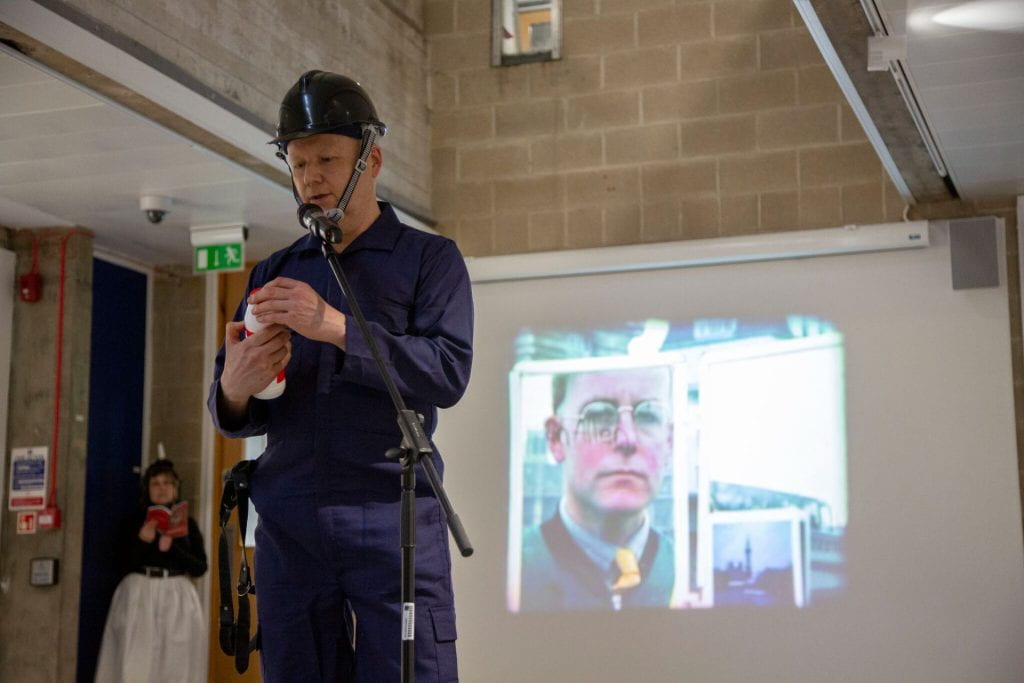
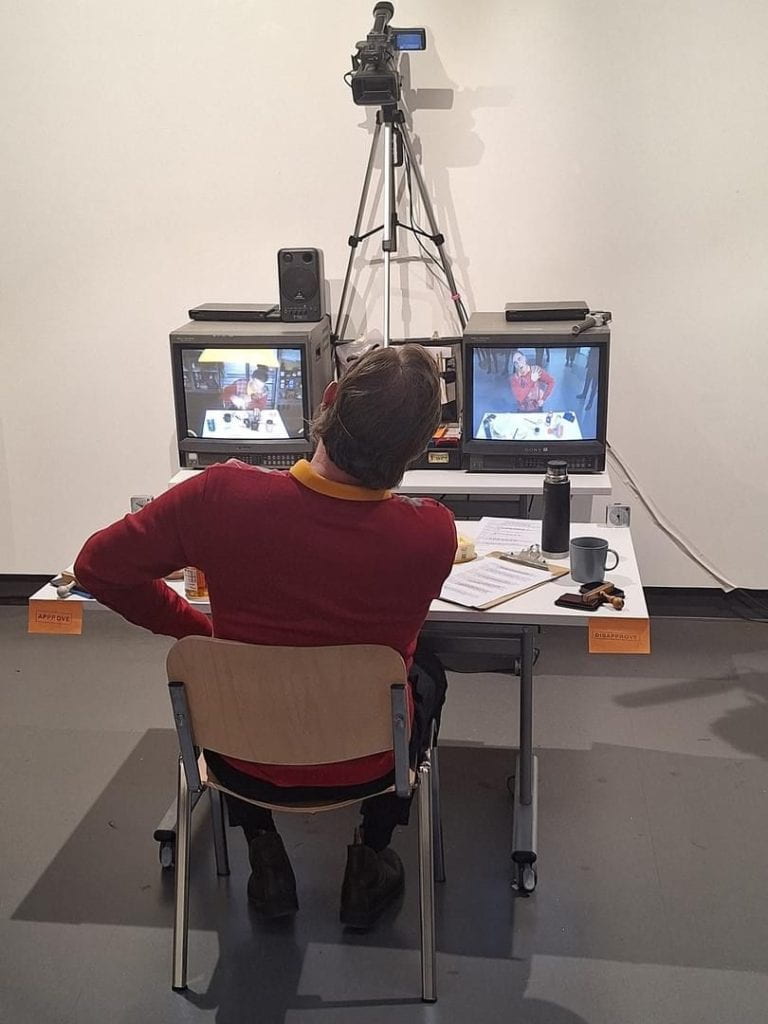
It was fantastic to see so many people come along, wish us well, and share stories of how the Attic Archive has been a formative and enduring influence in so many people’s lives.
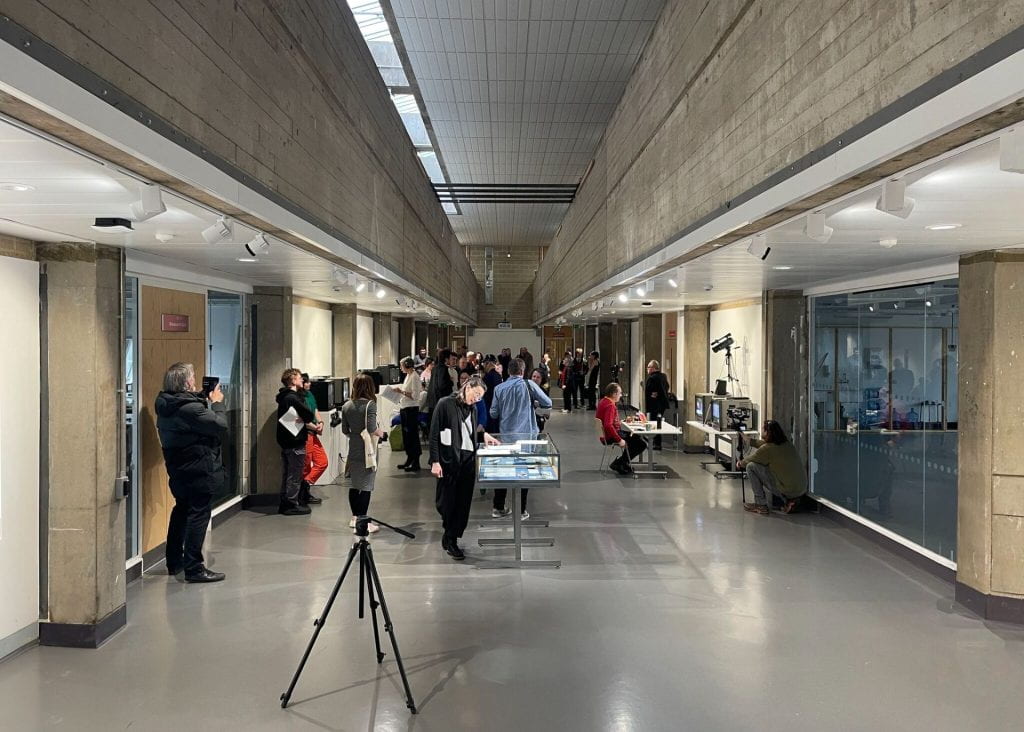
Working with our partners Heidi Egginton, National Library of Scotland, Dora Halasi, Artpool Art Research Center at the Central European Research Institute for Art History (KEMKI), Budapest and Donna Romano, National Irish Visual Arts Library, at National College of Art & Design, we will continue developing an open-source web platform to enhance access to The Attic Archive, now dispersed across collections in Scotland, Ireland, and Hungary.
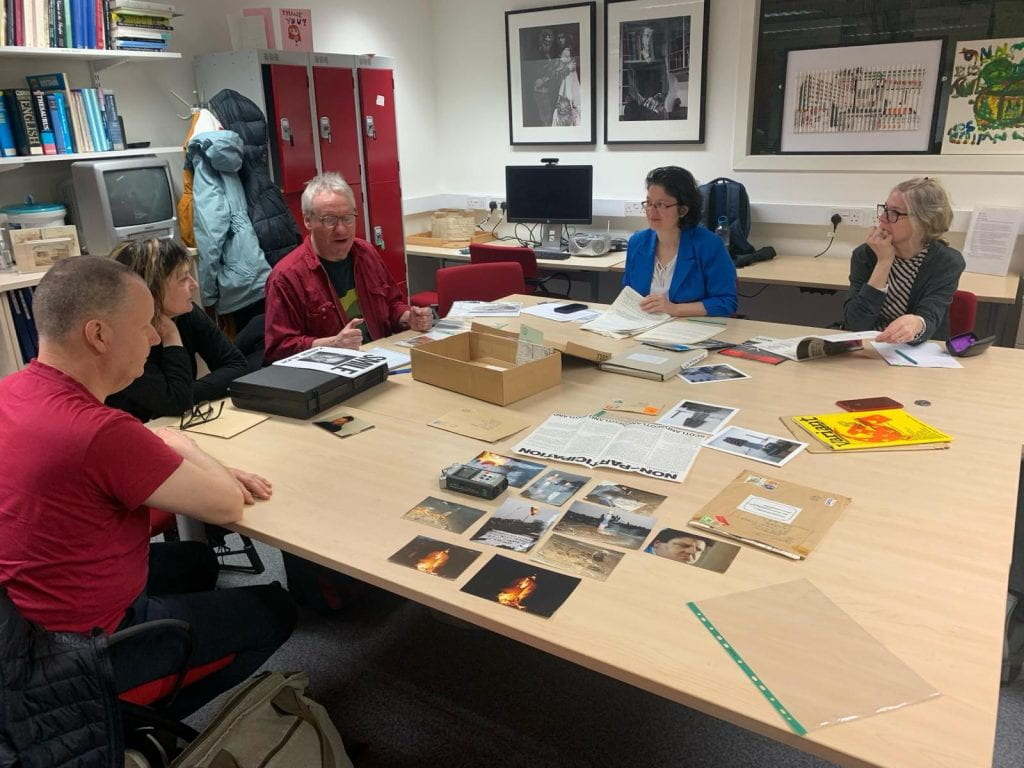
We’ll also curate more online and offline exhibitions and events, bringing new perspectives to The Attic Archive’s underacknowledged contribution to contemporary art practice internationally.
If you’d like to receive very occasional updates on the project and how you can take part, as well as invitations to our future events, please sign up for our mailing list here! https://lnkd.in/eaFeAQ6B
‘Curating The Digital Attic Archive: A Case Study For Open-Source Approaches To Artists’ Archives’ is supported by the RSE Research Network Award.
Thanks to Sarah Smart, Sándor Nagy, Roddy Hunter and Alex Harvey for the images.